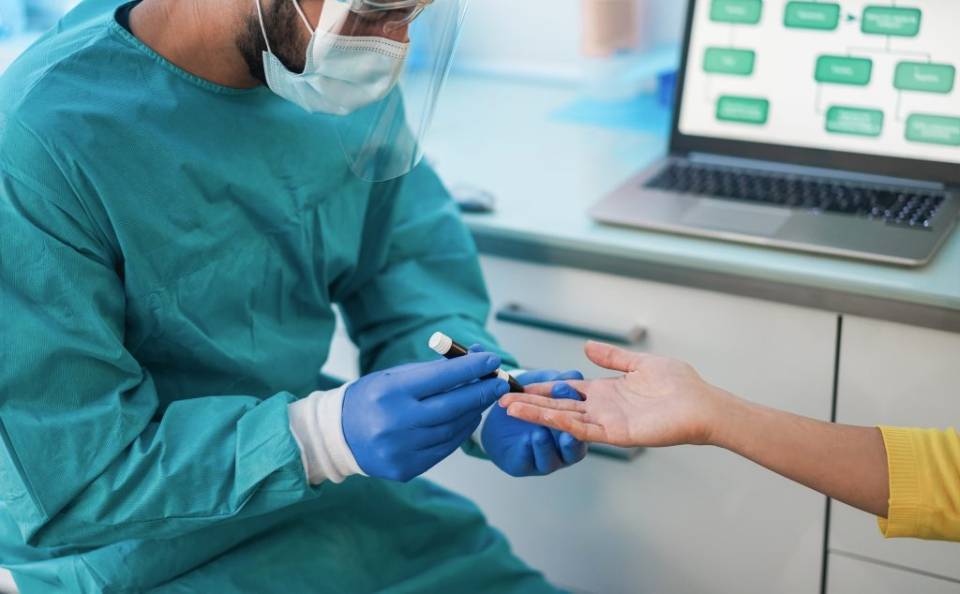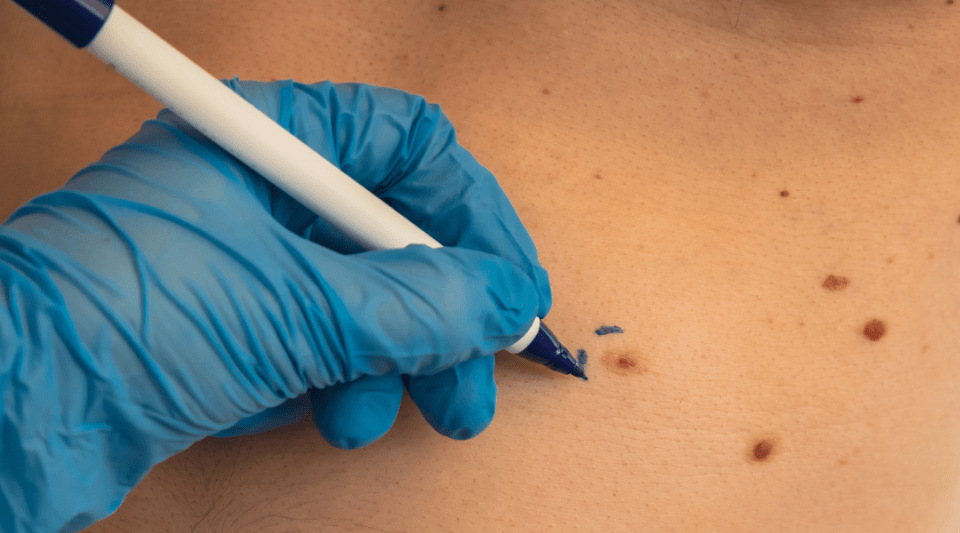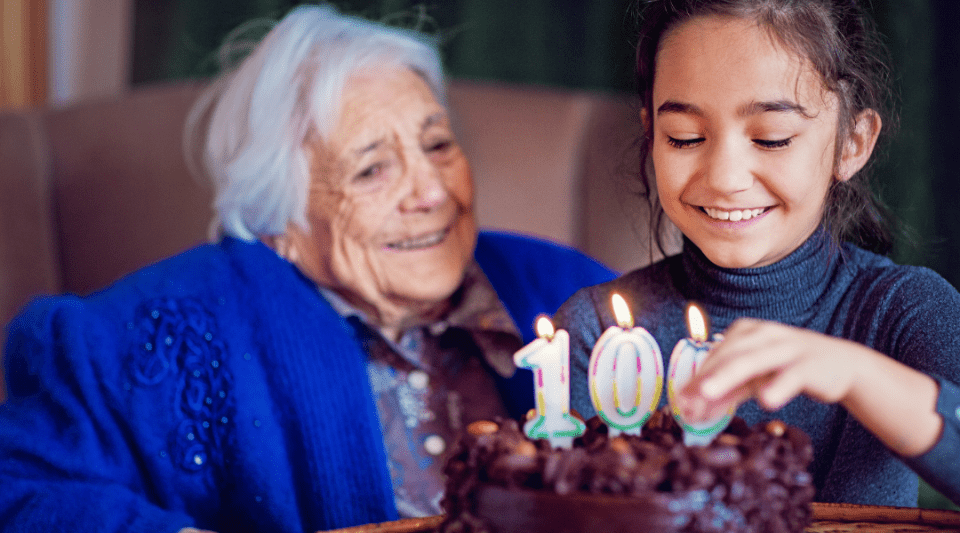Diabetes treatment is based on three pillars: diet, exercise and medication. Stress is a factor related to metabolic control, in both type 1 and type 2 diabetes. This means that for a person with diabetes, lockdown is a situation that can disrupt blood sugar (glycaemia) control by reducing opportunities for exercise and creating a situation of increased anxiety. There is currently very little information on this topic, which is especially important for people with type 1 diabetes.
A study carried out by the University of Paris analysed the characteristics of patients in whom glycaemic control had worsened compared to those who improved during lockdown. A total of 1,378 people with type 1 diabetes were included, all of whom used the Flash glucose monitoring (FGM) system for continuous glucose detection. FGM is a new glucose measurement system that allows data to be obtained in real time. A self-questionnaire was used to ask questions about lifestyle and treatment before and after lockdown. Glycaemia recorded in the Flash system over the last 30 days (lockdown period) and the last 90 days (pre-lockdown period) was analysed.
The study showed that mean glycaemia in the first month of lockdown was somewhat lower than the previous two months. Patients who improved management tended to be younger, had a higher degree of anxiety, reduced food intake between main meals and also reduced their alcohol consumption. These subjects more frequently presented discrete weight loss, between 1 and 3 kilos, as they did more exercise. They also performed more scans using FGM, and administered fewer doses of supplemental insulin. On the other hand, it was observed that they presented somewhat more hypoglycaemia and a greater perception that diabetes control was easier.
The Diabetes Unit at Hospital Clínic de Barcelona also carried out a study comparing two 15-day periods, one before and one after lockdown. It observed how long patients spent with blood glucose levels between 70 and 180 mg/dl (in other words, the recommended values that are considered ‘normoglycaemia’). This study was conducted on 59 patients with type 1 diabetes and a tendency towards hypoglycaemia that is treated with an insulin pump. The authors observed that continuous glucose monitoring time increased during lockdown, and less time was spent with glycaemia higher than 180 mg/dl. There was no variation in hypoglycaemic time.
Both studies observed that the period of time spent in lockdown did not lead to poorer glycaemic control or increased risk of hypoglycaemia. It may even represent an opportunity to improve some basic aspects involved in the management of type 1 diabetes. Although it is likely that lockdown caused many patients anxiety, in the case of people with diabetes it has also allowed new, positive routines that help manage the disease to be introduced.
Information documented by: Enric Esmatjes, endocrinologist at the Institute of Digestive and Metabolic Diseases at Hospital Clínic.




